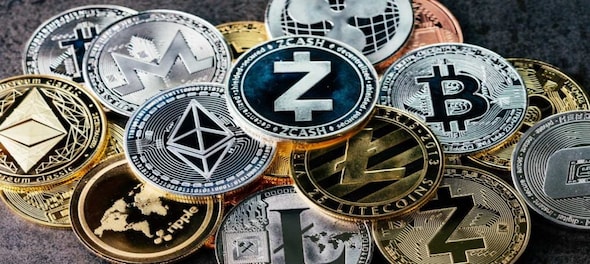
When a new crypto project is about to be launched, a portion of its native token is mined as the founder's and developers' share. This is done before the tokens are made available to the public through an Initial Coin Offering (ICO), and hence the term 'pre-mining.'
Pre-mining is a way of rewarding the developers, early investors, and founders for their contribution to the launch of a cryptocurrency. The pre-mining process can be thought of as selling a company stake to its employees before it holds an IPO and goes public. This process leads to value generation of the pre-mined tokens after they become tradable on exchanges.
Many view this as advantageous to the pre-miners as they end up controlling a large share of tokens. They could significantly influence token prices when they trade or hold them.
On the other hand, some consider pre-mining a healthy practice as it helps create a large reserve to support the project through its early stages. Let's look at it from both angles to get a better perspective.
There are multiple ways in which pre-mining benefits the project:
1. Fair Rewards: Those who invest early in the project are entitled to a certain percentage of the tokens, much like an investor's stake in a company.
2. Warding off whales: When a sizable share of the tokens is entrusted to investors and developers, whales cannot accumulate large amounts and use them for market manipulation.
3. Reserves: Pre-mining helps create a crypto reserve for the project, which acts as a development fund for future expenses. The reserve also helps when the project experiences financial headwinds and keeps it stable.
4. Community Building: Rewarding users for their early support helps create a loyal and long-standing community, encouraging further participation.
By rewarding the project's early supporters, developers encourage crypto enthusiasts to get involved in its development from its nascent stages. The practice also coaxes potential investors to do the same for other crypto projects that may need similar support.
Disadvantages of pre-mining:
In the early days of 2017-18, cryptocurrency developers would use pre-mining to allocate themselves a massive portion of the circulation supply before releasing the tokens to the public. They would then use their filled coffers to inflate the cryptocurrency's price before the ICO. Developers would make large sums of money in the process and then dump all the coins in the open market, thus causing financial distress to all investors.
This led to a growing feeling of mistrust among blockchain users and investors. Since then, pre-mining always comes with a negative sentiment attached to it. Although pre-mining is controversial, it remains a widely practised activity.
Famous cryptocurrencies that came under fire for pre-mining:
1. Ripple: Before the XRP token was made public, 100 percent of the tokens had already been pre-mined. Their total value amounted to $100 billion at the time. It was later brought to light that Ripple Labs founders Bradley Garlinghouse, Christian A. Larsen and Jed McCaleb were in control of 50-70 percent of the total coins in circulation.
When McCaleb parted ways with Ripple in 2014, he dumped over 1 billion XRP tokens in the open market between 2014 and 2019. He ended up making $135 million. But it didn't stop there. McCaleb sold another 1.2 billion XRP and made an additional $411 million. This eventually turned into a lawsuit between the SEC and Ripple, accusing the latter of selling XRP to realise personal gains — a case whose verdict is still awaited today.
2. Ethereum: This second-generation cryptocurrency launched in 2015 is also known for having pre-mined Ether (ETH). According to Ether Scan, the developers mined 72 million ETH, of which 80 percent (60 million ETH) were released to the public, the co-founders held 10 percent, and the Ethereum Foundation retained 10 percent. This decision also came to be criticised by Matt Odell, a Bitcoin entrepreneur and turned into a Twitter feud at the time.
Check out our in-depth Market Coverage, Business News & get real-time Stock Market Updates on CNBC-TV18. Also, Watch our channels CNBC-TV18, CNBC Awaaz and CNBC Bajar Live on-the-go!


Cong leaders 'failed' to protect party's constitution says FM Nirmala Sitharaman in Bihar
May 21, 2024 4:01 PM
Who will succeed Modi? Oppn thinks Amit Shah will, but PM said this
May 21, 2024 2:38 PM
1100 villagers boycott Lok Sabha and Assembly polls in Odisha, here's why
May 21, 2024 10:56 AM

